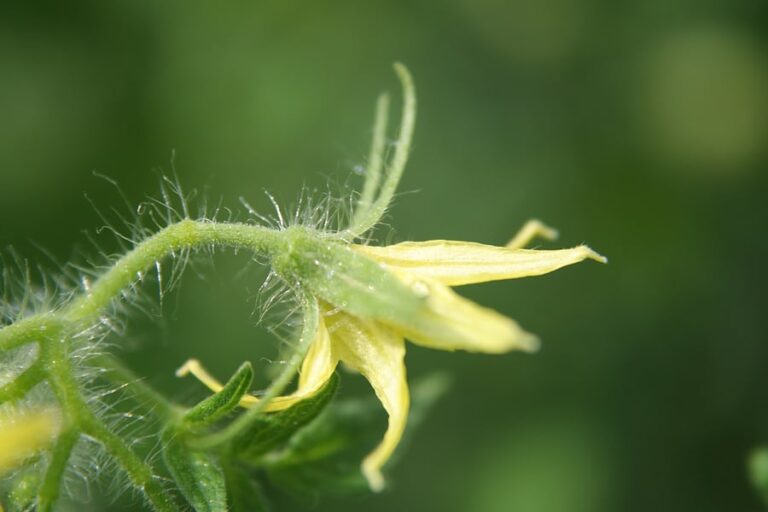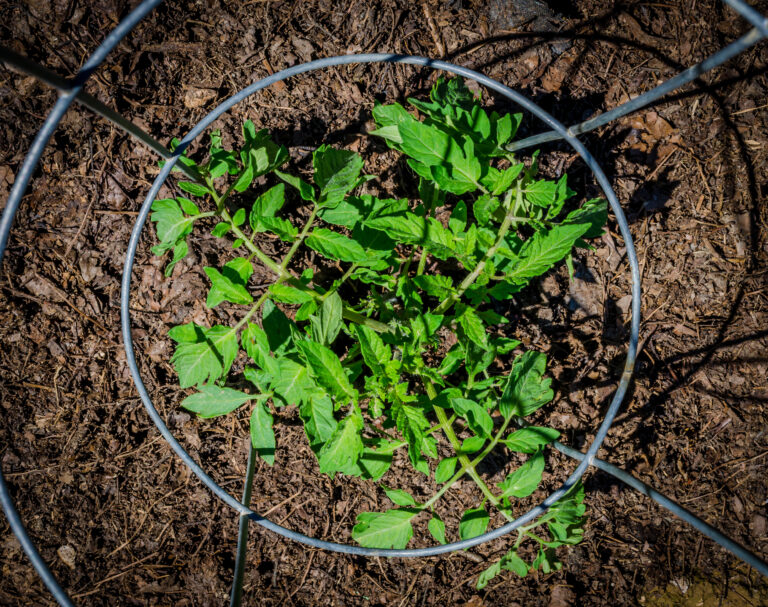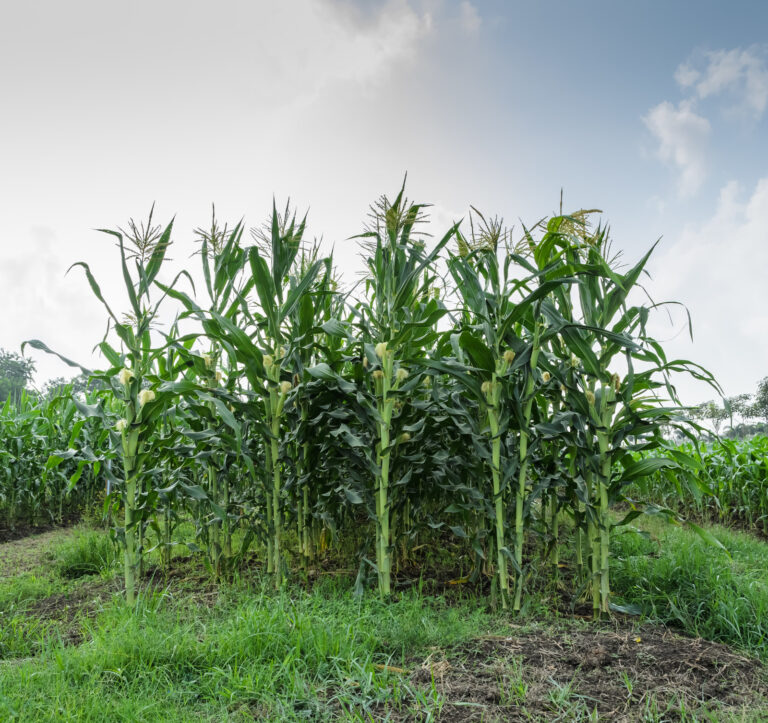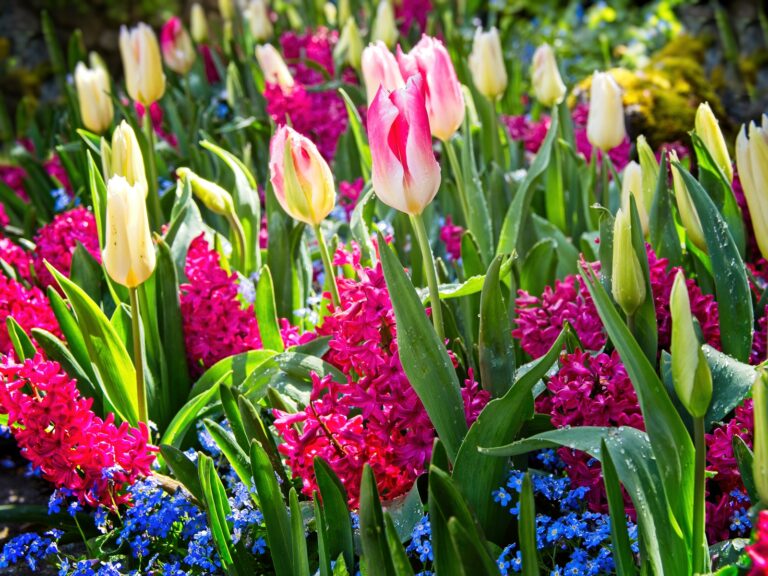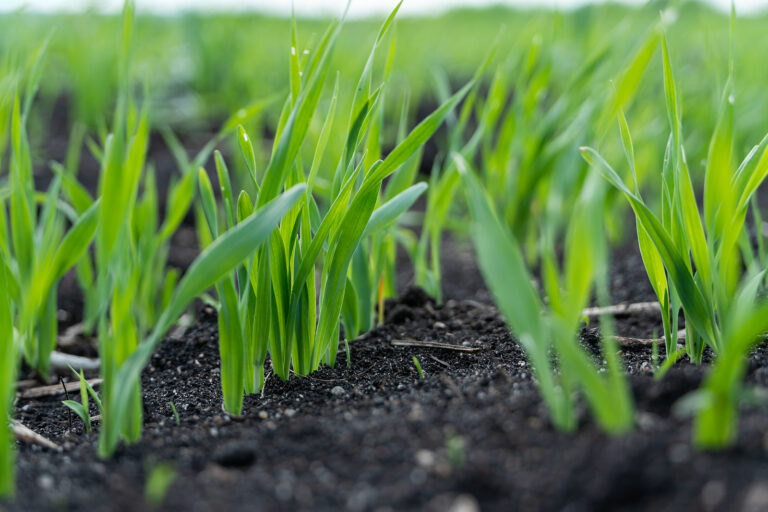Planting Tomatoes for a Fall Harvest: How to Grow Fresh Tomatoes Before Frost
There’s nothing quite like harvesting fresh, homegrown tomatoes late into the season, long after the summer rush has ended. Over the years, I’ve learned that planting tomatoes for a fall harvest can be just as rewarding as growing them in spring—if you plan ahead. In regions where frost arrives late in the year, you can get a second crop of tomatoes by starting new plants in mid to late summer. Instead of waiting for seeds to sprout, I’ve found that using suckers or cuttings from my existing plants is the fastest way to grow strong, productive fall tomatoes. This method not only saves time but also ensures that my second crop is just as healthy and vibrant as the first.
Through trial and error, I’ve discovered that selecting the right varieties is key to success. Early-maturing and heat-tolerant tomatoes, like ‘Celebrity’ and ‘Heatwave,’ perform well when planted in the summer, producing fruit in time for fall harvests. By carefully timing my plantings and providing proper care—such as consistent watering, mulching, and occasional shade from extreme heat—I’ve been able to extend my tomato season well into autumn. If you love homegrown tomatoes as much as I do, follow these tips to enjoy a steady harvest before the first frost sets in.
Why Plant Tomatoes for a Fall Harvest?
If you live in a region where frost arrives late in autumn or early winter, you can enjoy a second tomato harvest by planting in mid to late summer. Fall tomatoes can be sweeter and more flavorful thanks to the cooler nights and reduced summer stress.
Rather than starting from seed, you can use suckers or cuttings from your existing spring-planted tomatoes to establish new plants. This method speeds up growth, allowing you to harvest before the first frost arrives.
How to Root Tomato Suckers and Cuttings
A sucker is a small shoot that forms in the V-shaped space between the main stem and a branch. These can be removed and used to grow new tomato plants. You can also take a cutting from the top foot of a healthy tomato plant.
Steps for Rooting Tomato Suckers:
- Select Healthy Growth: Choose a 4 to 5-inch sucker or stem cutting from a disease-free, vigorous tomato plant.
- Remove Lower Leaves: Strip the bottom leaves to prevent rot and encourage root growth.
- Start in Water (Optional): Place the cutting in a jar of water for an hour or two to hydrate and stimulate root formation.
- Plant in Soil: Insert the cutting directly into loose, compost-rich garden soil or in a gallon-sized nursery pot filled with potting mix.
- Firm the Soil and Water Well: Keep the soil consistently moist for the first few days to help the cutting establish roots.
- Monitor for Growth: In about a week, the cutting should begin to develop roots and new leaf growth.
To ensure success, root multiple cuttings in case some fail to establish.
Choosing the Right Tomato Varieties for Fall Planting
Not all tomato varieties thrive when planted in summer for a fall harvest. Choose early-season or heat-tolerant varieties that mature within 55 to 70 days to ensure they ripen before frost.
Top Tomato Varieties for Fall Harvest:
- ‘Celebrity’ – 72 days to harvest; highly disease-resistant and adaptable.
- ‘Heatwave’ – 68 days to harvest; bred to tolerate high temperatures.
- ‘Early Girl’ – 57 days to harvest; one of the fastest maturing tomatoes.
- ‘Glacier’ – 55 days to harvest; tolerates cool weather well.
Timing Your Fall Tomato Planting
To determine the best planting time, count backward from your region’s average first frost date. For example, if frost typically arrives in early November, plant tomatoes at least 70–80 days before that to allow time for fruit production.
If you live in an area with extreme summer heat, start cuttings in containers and grow them in a shaded area until the weather cools slightly, then transplant them into the garden.
Final Tips for a Successful Fall Tomato Harvest
✅ Provide Shade if Needed: If summer temperatures are scorching, protect young transplants with shade cloth until they establish.
✅ Water Consistently: Late summer heat can dry out the soil quickly—deep water at least twice a week.
✅ Mulch Around Plants: Apply a layer of straw, compost, or leaves to regulate soil temperature and moisture.
✅ Protect from Early Frost: If an unexpected frost threatens, cover plants with row covers or blankets overnight to extend the growing season.
By using suckers or cuttings and selecting the right tomato varieties, you can enjoy a second round of juicy, homegrown tomatoes well into fall. Happy planting! 🍅
Tomato Growing Hub
Start here: The Ultimate Tomato Growing Guide: From Seed to Harvest
Growing Tips
- Getting Started with Tomatoes: A Gardener’s Guide to Success
- How to Choose a Tomato for Your Garden
- How to Choose the Right Tomato for Your Garden and Kitchen
- Growing Early-Season Tomatoes for Great Taste
- Heirloom and Hybrid Tomatoes
Planting Tips
- Tomato Seed Starting Tips
- Mastering Tomato Seed Starting: How to Grow Strong and Healthy Plants Indoors
- When to Plant Tomatoes: A Gardener’s Guide to Timing and Success
- Plant Tomatoes for a Thriving Crop: Sun, Soil, and Spacing
- How to Transplant Tomato Seedlings: A Gardener’s Guide
- Growing Tomatoes in Containers
Tomato Care
- Watering and Feeding Tomatoes: Expert Tips for a Healthy, Productive Crop
- Best Ways to Support Your Tomato Plants
- Pinching and Pruning Tomatoes: A Gardener’s Guide to Healthier, More Productive Plants
- How to Prune Tomatoes
- Grow Tomatoes on Stakes
- Best Companion Plants for Thriving Tomatoes: What Works & What to Avoid
Pest & Disease Control
- Tomato Growing Problems: Pests, Diseases, and Solutions
- How to Prevent Blossom Drop — Tomatoes and Peppers
- How to Identify Early Blight, Late Blight, and Leaf Spot on Tomatoes
Harvest & Preparation
- When and How to Harvest Tomatoes for the Best Flavor
- How to Ripen Tomatoes
- Planting Tomatoes for a Long Harvest
- Planting Tomatoes for a Fall Harvest: How to Grow Fresh Tomatoes Before Frost
- Tomato Flavor Explained
- Nine Ways to Cook and Serve Tomatoes
Garden Planning Books at Amazon:
- Tomato Grower’s Answer Book
- Vegetable Garden Almanac & Planner
- Kitchen Garden Grower’s Guide Vegetable Encyclopedia
- Vegetable Garden Grower’s Guide
Books to help you grow:
- Vegetable Garden Almanac & Planner
- Kitchen Garden Grower’s Guide Vegetable Encyclopedia
- Vegetable Garden Grower’s Guide
- Tomato Grower’s Answer Book


